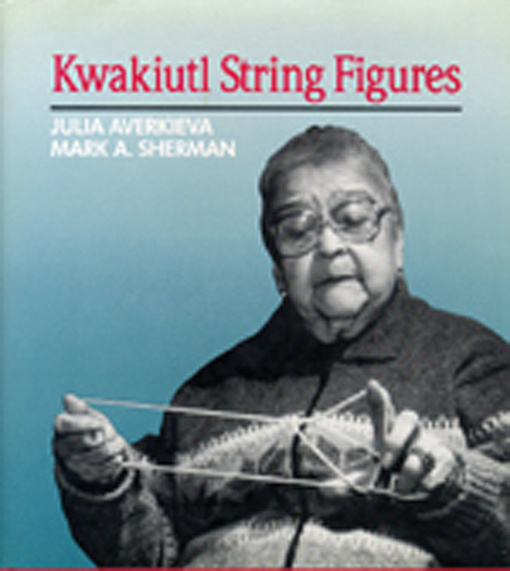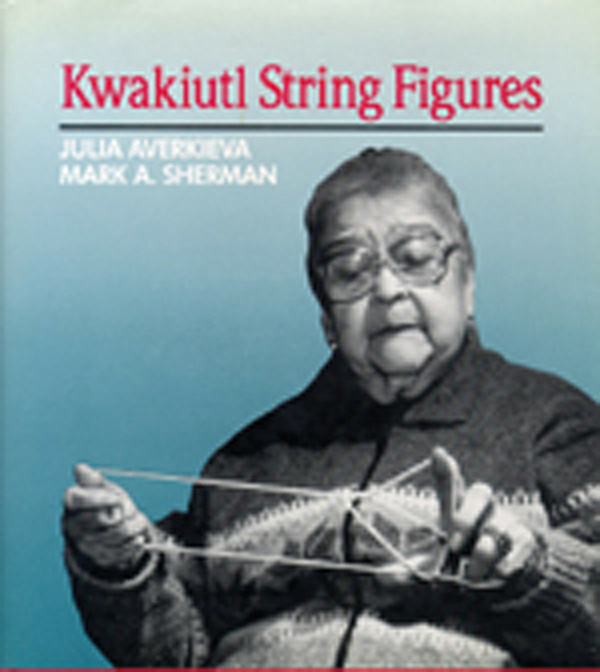Of the games people play, string figures afford nearly universal amusement, appearing in more cultures than any other. But although over 2,000 individual patterns have been recorded world-wide since 1888, when anthropologist Franz Boas first described a pair of Eskimo “cat's cradles,” very few studies have explored North American Indian string figures. This intriguing volume publishes for the first time 102 string figures and 10 string tricks collected among the Kwakiutl Indians by Julia Averkieva, a young visiting Soviet scholar who accompanied Boas on his 1930 expedition to Vancouver Island. When she returned to Leningrad, Averkieva left her unpublished monograph with Boas, whose heirs eventually sent it to the American Museum of Natural History in New York.
Averkieva’s study represents the most comprehensive Native American string collection ever assembled from a single tribe. In addition to characterizing the social conditions that prompted string figure making among the Kwakiutl during the time of her field study, Averkieva noted step-by-step instructions for each figure and transcribed traditional accompanying chants.
In editing and expanding Averkieva’s manuscript, Mark Sherman addresses string figure enthusiasts as well as cultural anthropologists. Sherman includes in his introduction a complete description of basic openings and string figure moves. For each Kwakiutl figure he has prepared clear illustrations based on Averkieva’s original photographs and pencil sketches. In addition he has tested each figure for workability, clarifying instructions where necessary and recasting them in Rivers and Haddon’s standard terminology.
Sherman’s analysis of figure titles suggests that many aspects of Kwakiutl material culture and belief are preserved in string. In examining the ethnological value of the collection, he discusses the implications of observed similarities between Eskimo and Kwakiutl string figures. He also updates Averkieva’s preliminary distribution data, interspersing the figure descriptions with references to related and identical figures from other cultures. Each analysis is keyed to an illustrated cross index.
Kwakiutl String Figures will interest students of comparative cultures and will delight all who have time (and string) on their hands.
String Figures
Illustrations
Foreword by Bill Holm Preface
Introduction by Mark A. Sherman
Introduction by Julia Averkieva
String Figure Construction Methods
Appendix A. Kwakiutl Culture as Reflected in String Figures
Appendix B. Kwakiutl String Figures: Origins and Affinities
Appendix C. Analogous Figures: An Illustrated Cross Index
Bibliography
Index






